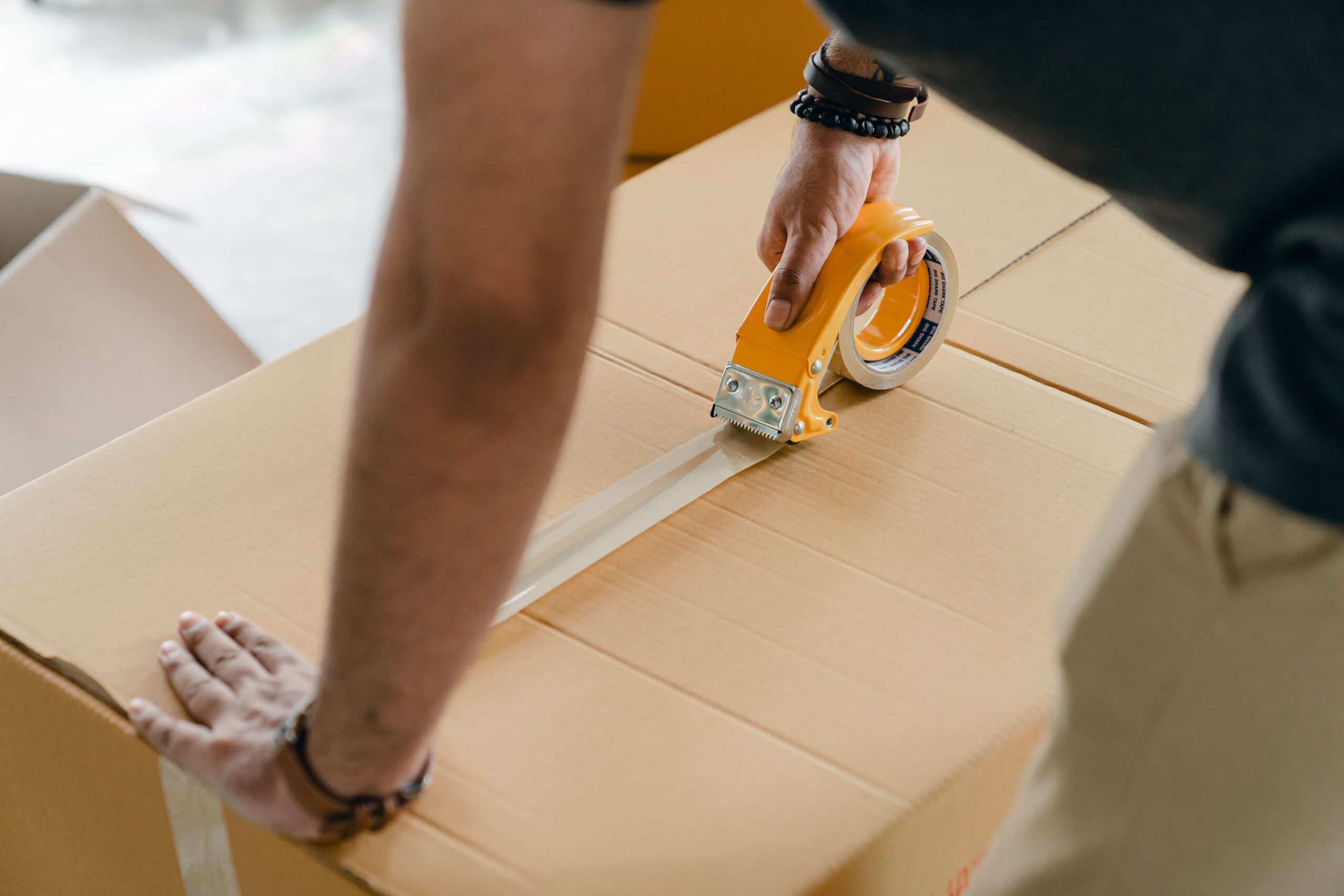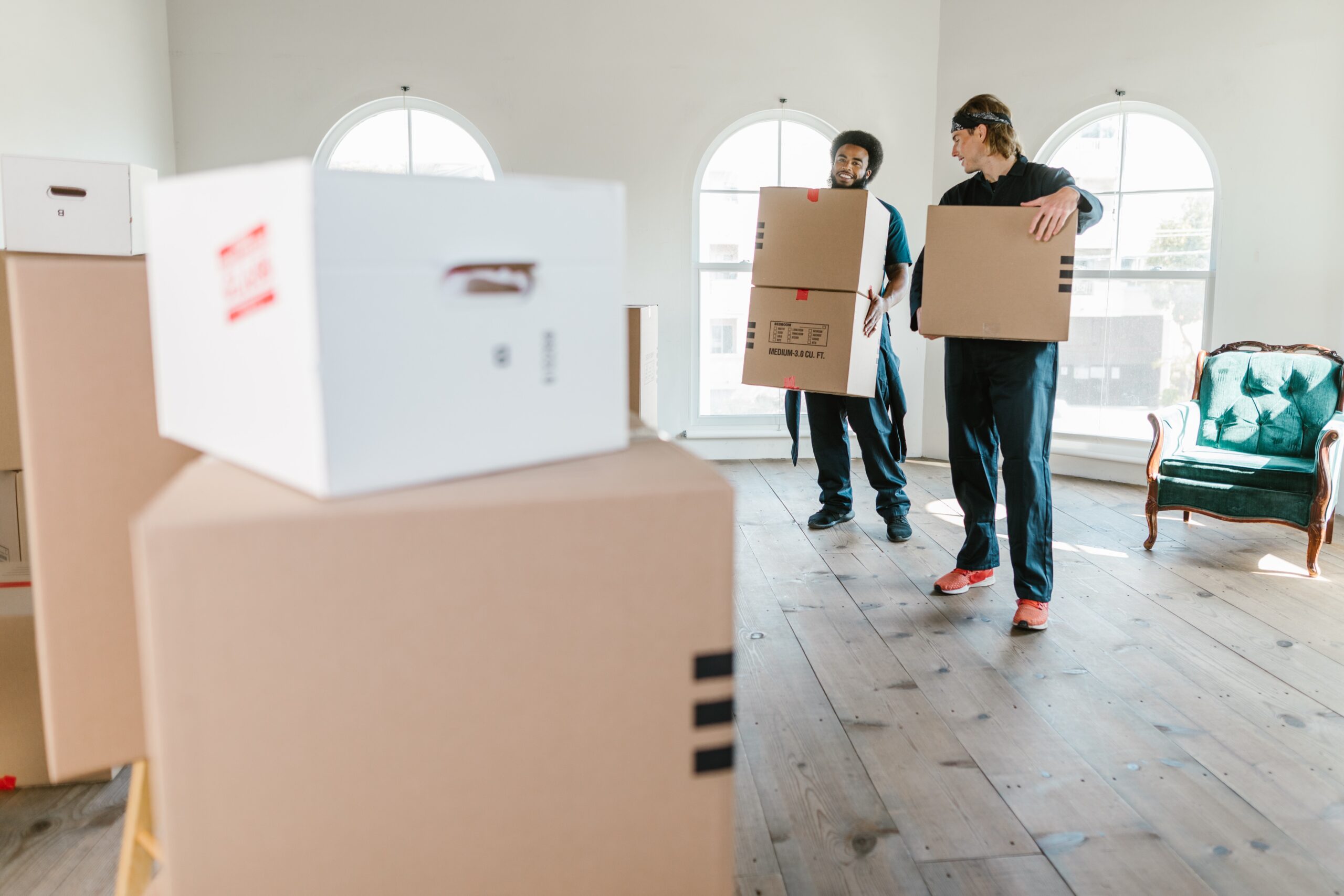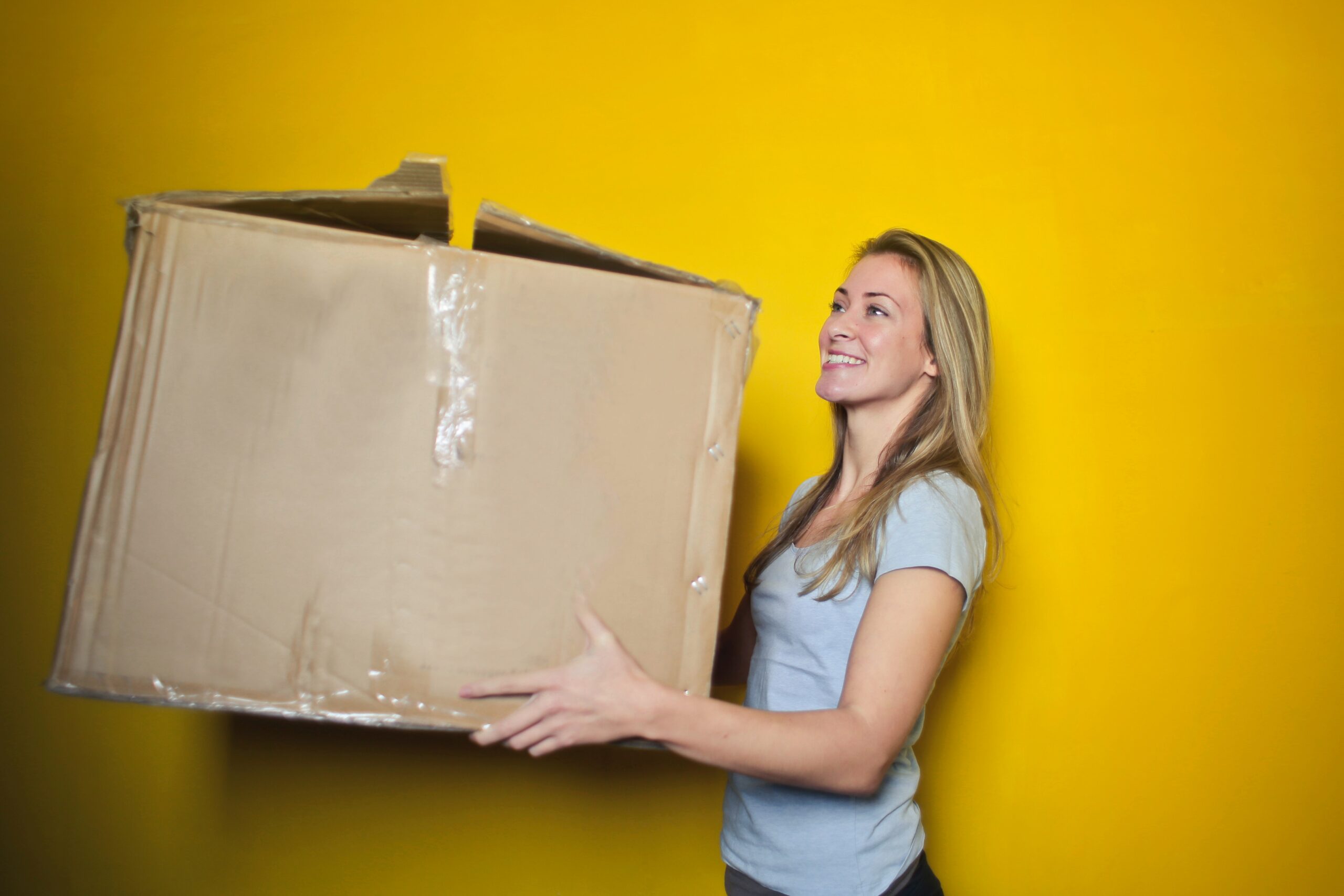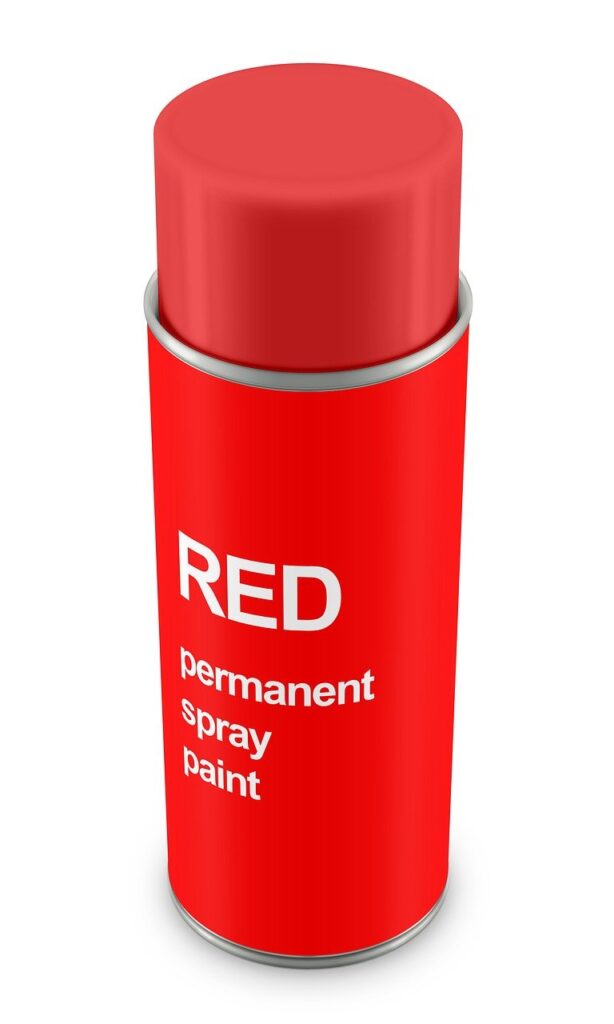Are you tired of searching through your messy storage unit, wasting time and energy trying to find your stuff? Well, it's time to learn how to pack and label efficiently. In this guide, we'll explore the art of organizing your Reno self storage unit and share the amazing benefits that come with it. Get ready to enjoy the convenience of finding things quickly and managing your inventory without any hassle.
Before we start organizing your storage unit, let's take a moment to understand what you need. Evaluate how much stuff you have and what types of items you'll be storing. Sort through your belongings, separating what you need from what you don't. By categorizing your items, you'll make the process of organizing your storage much easier.
Now let's talk about the containers that will hold your precious belongings. Boxes, bins, and crates are all great options, each with its own advantages. Choose containers that match the size and weight of your items. Clear containers are particularly useful because you can see what's inside without having to open them.
 Packing Strategies for Optimal Space Usage
Packing Strategies for Optimal Space UsageHere's the secret to using your storage space effectively. Stack your items carefully, creating towers of storage efficiency. Utilize the vertical space by placing taller items towards the back, like guardians protecting the treasures within. If necessary, take apart furniture to maximize space. And don't forget to use shelves, pallets, or hanging racks to optimize your storage game.
Now comes the key to finding things easily - a good labeling system. Each container should have a descriptive label or inventory list. Labels allow you to see what's inside at a glance. You might even consider using color-coded labels or numbering systems for added organization and convenience.
Behold the power of making a list of your stored items. Keep a comprehensive record using digital tools or spreadsheets. Make sure to include every item, noting any additions or removals. Having an accurate inventory will bring you the joy of an organized storage kingdom.
Strategic placement is essential for easy access to your items. Consider which items you need more frequently and place them near the entrance of the storage unit. Create clear pathways, like well-planned roads, to navigate smoothly within your storage space.
If you have delicate items, it's important to protect them from temperature changes and humidity. Climate control is your hero here. Use proper packing techniques to safeguard fragile items. Wrap them in protective covers or layers of padding to keep them safe and secure.
A responsible steward takes care of their domain. Visit your storage unit regularly to maintain and reorganize it. Make adjustments as needed. Don't be afraid to declutter and reassess the items you're storing. Avoid letting your storage space become stagnant and disorganized.
You now stand at the threshold of a well-organized storage unit. By mastering the art of efficient packing and labeling, you have the power to transform your storage space into an orderly and accessible haven. No more frustration from searching for lost items or dealing with a chaotic mess. Your journey to storage unit enlightenment begins with assessing your needs, choosing the right containers, utilizing space wisely, labeling effectively, and keeping an item inventory.
Did you know that one in five households move to a new place every year? If you’re planning to settle down in a brand new home, you might be curious about when is the best time to do so.
Peak moving season is typically described as the time between the months of June and August but can begin as early as April or end in late October. This timeframe is usually when college students are moving out of their dorms and apartments and potentially finding new ones. Additionally, many families with K-12-aged children want to make sure they’re fully settled in and familiar with the area by the time the new school year starts.

The spring through fall seasons makes for a much better time to move than the winter and holiday season. Who wants to stress about major holidays and family gatherings in addition to moving or looking for long term storage?
Moving is not going to be easy, but it doesn’t need to be a miserable time either. So many things need to be accounted for during the moving process, whether it’s hiring movers, making lists, planning ahead for utilities or schools, and closing on your house. Getting a plan in place has worked wonders for a lot of people when it comes to leaving your old home and settling into the new one. By avoiding these common moving mistakes and planning ahead, you can prepare better for the unexpected and make things run more smoothly.
At Ample Storage, we’ve been helping Northern Nevadans store their valuables since 1987 and have considered your convenience and security first. This also applies to the packing process too, because we’ve been around long enough to know what works and what doesn’t!


Here are some additional tips on moving:


Downsizing when moving is important, and if you’re looking to move some items into storage until you’re ready to use them at your new home, consider using our storage services to keep them safe. Ample Storage has a variety of storage unit sizes with sizes ranging from 5x5 and 20x20.
Free up space in the moving truck and get organized today. Our team looks forward to being a part of your new journey!
Contact Ample Storage to Learn More Today
Our Reno self-storage facility constantly gets asked what items can be stored in a storage unit and what shouldn’t be put in a storage unit. Generally, you can put a whole host of things in a storage unit, but there are limits. A self-storage facility is a great place to store unused household items, appliances, keepsakes, clothes, and even vehicles. However, some items are not accepted either due to the safety risk and sanitary implications they pose. So, what can you put in a storage unit and what should you not put in a storage unit? Find out below.

Flammable and combustible materials pose a severe safety risk in storage facilities and are therefore not allowed. To prevent the possibility of fire, all flammable materials should not be stored in a self-storage unit. These materials may include paint, thinners, household or commercial cleaners, and fuel (gas or diesel). Other combustible or flammable materials that should not be placed in storage include:
 Hazardous Materials
Hazardous MaterialsLike flammable materials, hazardous items should be kept out of storage units for safety purposes. Most hazardous materials have the potential to catch fire, explode, or put others at risk of danger. All of the following items are prohibited from storage facilities:
It’s important that storage facilities maintain health and safety standards to keep storage renters’ belongings safe. Pests and rodents may easily find their way into a storage unit, causing damage to your property. In an effort to prevent this from happening, all items that attract pests are not allowed to be kept in storage units. This includes garbage and perishable foods.
Items that are wet or damp should either be thoroughly dried out prior to storage or kept out of a storage unit entirely. Water attracts mold and mildew which thrive in dark locations and can easily spread to other items in your unit leading to damaged goods and unflattering smells. Because of this, all items that are placed in storage need to be completely dry. Things like umbrellas and even certain appliances such as a washing machine need to be wiped clean and dried before being stored for any amount of time.
This one is pretty self-explanatory, but living things such as animals, plants, and people cannot be stored in a storage facility. It is also against the law to reside or work in a storage unit.

Appliances are commonly stored in a storage facility to clear up space at home or in the garage. Storage units are great for appliances as they keep them safe from the elements and can be easily put away and taken out. You may put microwaves, dishwashers, washers and dryers, refrigerators, and more in a storage unit. Just be sure to thoroughly clean the appliances before storing them, and ensure they are completely dry.
If you rent a large enough storage unit, you are more than welcome to store your motor vehicles inside. Cars, boats, jet skis, snowmobiles, RVs, motorcycles, and lawnmowers may be stored. However, some facilities will require that the vehicle is operable, so the classic vehicle that you’re trying to get up and running may not be accepted. Check with your local self-storage facilities to see what their policy on storing non-operable vehicles is.
When it comes to storing clothes and linen, it’s important to keep them in an airtight container to prevent pests and humidity from getting a hold of them. Clothes, bedding, towels, blankets, outerwear, and even shoes may be kept in a storage unit.
Just about any home good or household item that isn’t flammable, hazardous, or a living thing is acceptable to be kept in a storage facility. Common home goods that are placed in storage units consist of memorabilia, keepsakes, trophies, antiques, photos, books, and even electronics. Just be sure to protect your delicate items such as electronics by putting them in airtight containers.
Furniture is one of the most common items to be kept in a storage facility. All outdoor and indoor furniture including sofas, tables, chairs, shelves, and bed frames may be stored. Mattresses are also acceptable, but they should be properly wrapped in plastic and covered for the duration of their stay. All furniture should also be cleaned and properly protected prior to being stored.
Seasonal items are also commonly stored in storage facilities. As long as the materials are not flammable or hazardous, they can be stored. Things such as lights, signs, inflatables, and other holiday or seasonal decor may be kept in a storage unit.
 Declutter Your Home with Reno Ample Storage
Declutter Your Home with Reno Ample Storage Here at Ample Storage in Reno, NV, we understand that you want to hang on to the belongings that we’re storing for you. To that end, our safe and secure Reno storage facility is equipped with security features that will keep you and your stored possessions safe as a bug in a rug! Whether you’re looking for short or long-term storage, a large or small unit, and affordable pricing, Reno Ample Storage provides you with all you need to keep your property safe and secure. Connect with us today!
Whether you’re interested in using a storage unit to store items temporarily or for an extended period of time, it’s important that you prepare properly for their stay. The way that you store your furniture and other belongings in a self-storage facility can drastically affect how those items keep while they are there. Often, simply putting your furniture in storage won’t be enough to ensure it’s fully protected from things like dirt, pests, and weather. For your furniture to remain in tip-top shape it should be cleaned, disassembled, and sealed with the proper products or materials prior to being placed in storage. In order to keep your furniture clean, protected, and in good condition, be sure to follow these steps for how to store furniture in a storage unit.
You may think that making a list of all your belongings is silly, but when it comes to storing large and expensive items like furniture, it’s actually a good way to protect your investments. Typically, people will take inventory of all the items in their storage unit and send the list to their insurance company. This ensures that in the case of stolen or damaged furniture, you will be compensated for your losses.
When it comes to listing your items that are being stored, be sure to include the name of each item along with a description or photo of the object. This will help prove ownership of the items and gives your inventory list some validity.

Prior to storing your furniture, you should ensure each piece has been properly cleaned using the appropriate cleaning supplies and then sealed for its protection.
Preparing Wood Furniture for Storage:
In order to completely keep moisture out of your wood furniture, you’ll need to coat it with a protective sealant. The best way to keep wood patio furniture safe while it’s being stored in a Reno self-storage unit is to coat the surface with a protective sealant and cover it with a tarp.
Preparing Leather Furniture for Storage:
To prepare your leather furniture for storage, start by vacuuming the surface gently. This will remove any crumbs, or large particles and prepares the furniture for the next steps. Following this, use a 50/50 solution of water and vinegar and a soft clean cloth to wipe down the leather surface, removing any dirt or dust. Next, apply a leather sealant and cover the furniture with a tarp or moving blanket.
Preparing Metal Furniture for Storage:
To prepare your metal furniture for storage, treat any rusted areas with a rust-neutralizing primer and follow with paint to match the metal. Next, you’ll want to apply a coat of paste wax which protects the surface from water damage and will preserve the metal while it’s being stored.
Preparing Fabric Furniture for Storage:
To clean fabric furniture, follow the instructions on the label for each fabric. If there are no instructions or the label has been removed, you can use a mild cleaning solution such as the one listed:
After making your cleaning solution, use a sponge with the detergent mixture to scrub the cushions, then rinse with water and leave the cushions to dry completely.
 Step #3: Disassemble large furniture for more efficient storage
Step #3: Disassemble large furniture for more efficient storageLarge furniture such as tables, bed frames, and large sofas can be difficult to move and store in their current state. To save yourself some storage room and the trouble of moving big, heavy furniture, be sure to disassemble these pieces prior to moving. To do this, carefully take apart each individual piece of the furniture such as the legs, and wrap the pieces together. Place any smaller pieces of hardware (i.e. nuts, bolts, screws, washers, etc.) in a plastic bag taped to the back of the furniture for safekeeping.
Placing your furniture in a self-storage unit is a great way to keep it safe from the elements and out of your way while you aren’t using it. However, a storage unit won’t keep your furniture free of dirt and dust. For this reason, we recommend to all our guests that they wrap their furniture using moving blankets or a special kind of cling-wrap designed for moving large items. The movers stretch plastic wrap is also great for securing loose furniture, keeping doors and drawers closed, and binding furniture for safe travel and storage.
Extreme heat and cold temperatures can drastically affect the quality of your furniture. Leather, wood, glass, and fabric materials can all suffer from weather-related damages if they are stored in a unit where temperatures fluctuate radically. Glass and wood often expand with heat and contract in the cold. This can lead to unwanted warping and dimensional changes in your furniture that result in permanent damage. Other common damages that may occur are rust, fading, and even material that becomes dried out and starts to break apart.
A climate-controlled storage facility will prevent such damages from occurring and leaves you feeling confident about your stored belongings.
The way that you store your furniture can make a huge difference in how it holds up while being in a storage facility. When it comes time to store your furniture in a storage unit, be sure to place all large furniture along the back and sides of the unit. This will keep these big pieces out of the way for when you need to access the unit later. And when it comes to stacking furniture, always be sure to put the heaviest items on the bottom and keep the lighter ones on top. This will help prevent damage to your delicate furniture. Also, keep all furniture off the ground using wood pallets or moving blankets to keep your furniture clean.
Now that you know exactly how to store furniture in a storage unit, it’s time to find the right storage facility for all your furniture needs. While there are many Reno self-storage options available, it’s crucial to rent from a facility that offers the best protection for your valuable items.
If you’re looking for self-storage in Reno, NV, then give Ample Storage a call today! We have a variety of unit sizes ranging from 5×5 to 20×20. Our storage facility is equipped with 24-hour video surveillance as well as onsite staff ensuring your belongings are secure at all times. Whether you need long-term or short-term storage in Reno, Ample Storage is here to assist in all of your self-storage needs. Call us today at 775.851.3535
We’ve all probably moved at least once in our lives. It’s a bittersweet ordeal that is always stressful, but relieving when you've finally moved in the last box. To help, this blog will offer a moving checklist and some advice on things to do before, during and after you move.

Here at Ample Storage we take pride in excellent customer service. Our wide selection of unit sizes and no contracts guarantees you will find something to fit your storage needs. A storage unit from Ample Storage will help you with all the necessary things to do before, during and after your move. Contact us today to get started!